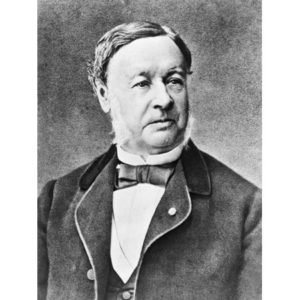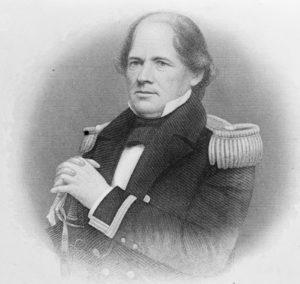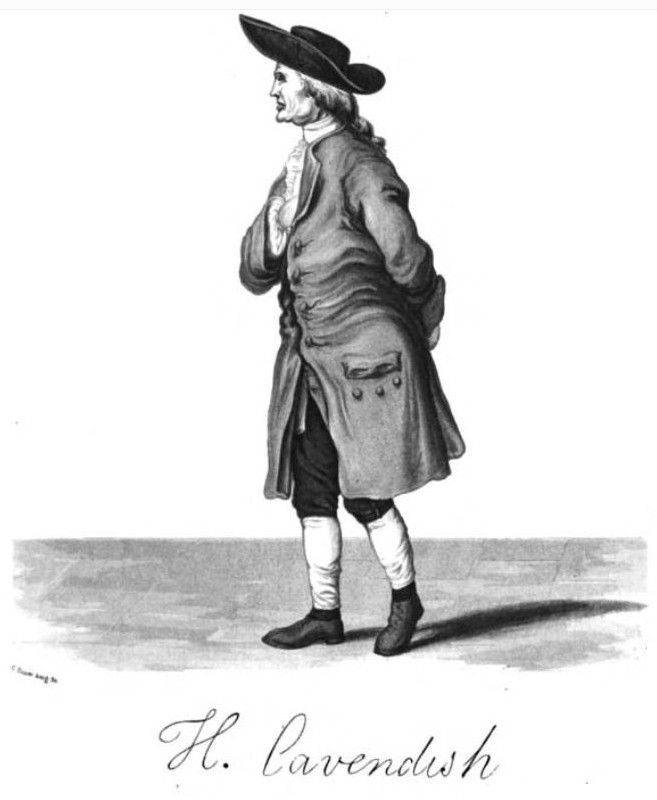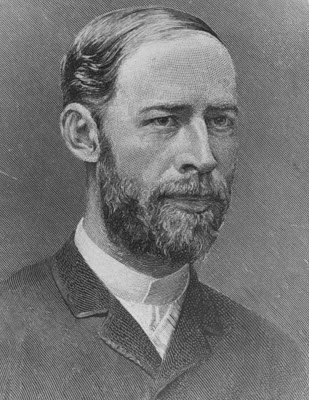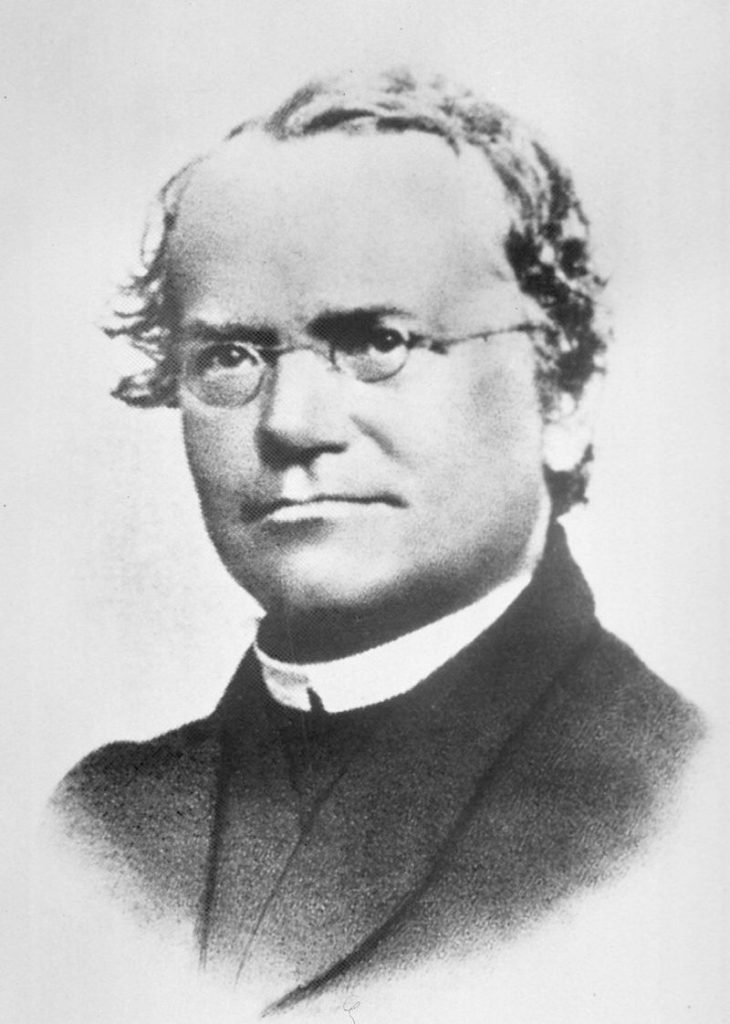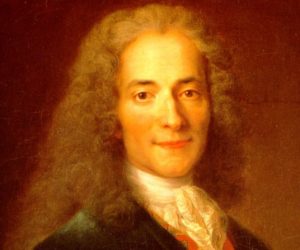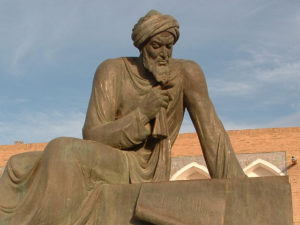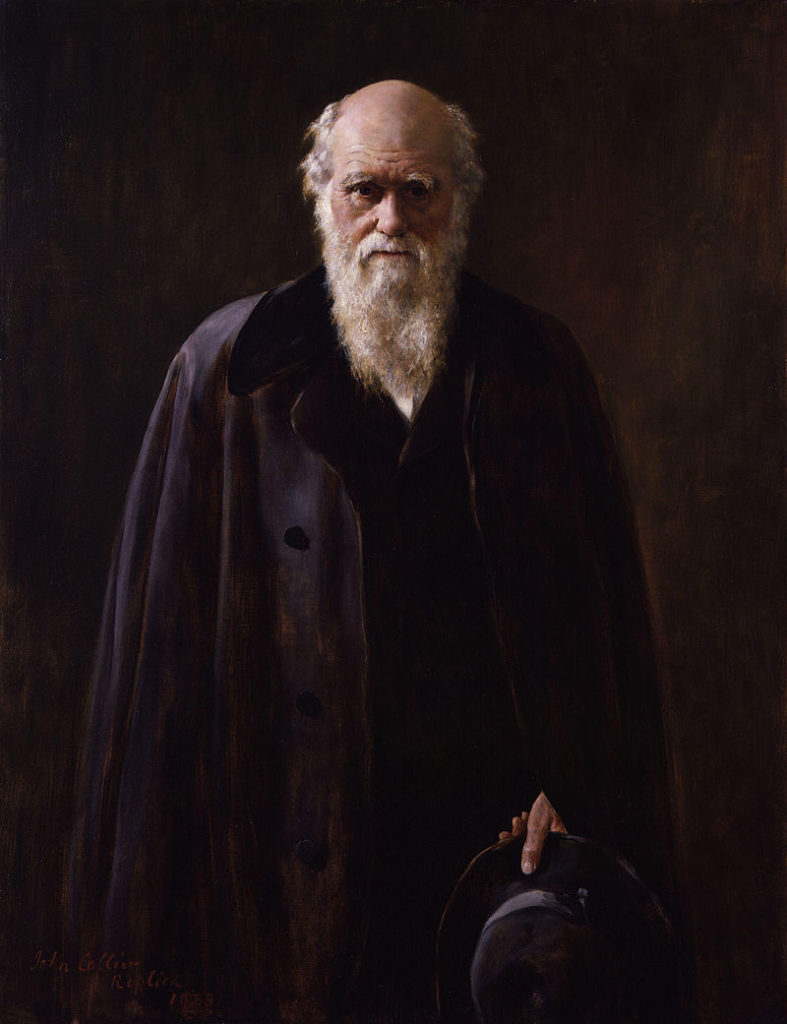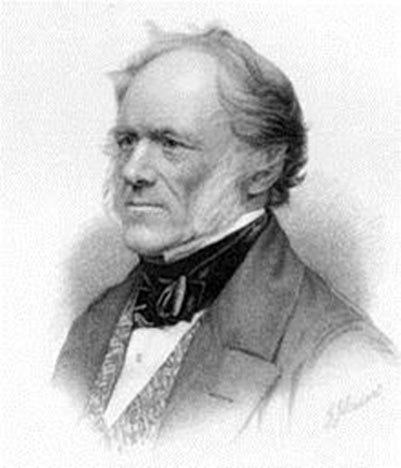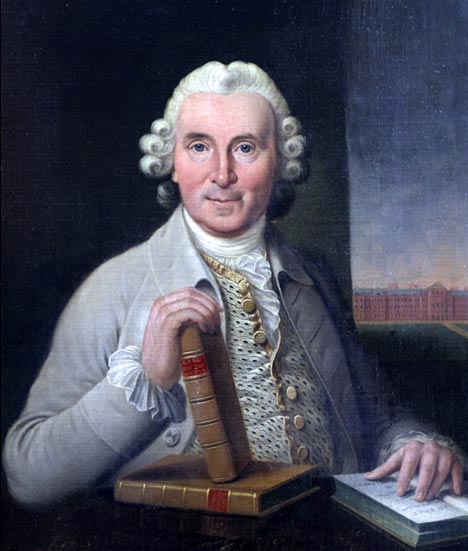
James Lind (1716 – 1794) was a Scottish doctor who is famous for his medical insight that eating citrus fruits will prevent and cure scurvy. He instituted other recommendations which stressing the importance of ventilation of ships and hygiene to the Royal Navy.
Lind was born in Edinburgh and began his education as an apprentice at the College of Surgeons at Edinburgh University before entering the Navy as a surgeons mate. In 1747 he had become surgeon of the 50 gun vessel HMS Salisbury.
As surgeon he carried out experiments, or clinical trials, to discover the cause of scurvy. Scurvy was a disease that was extremely deadly to sailors during the Age of Exploration. It is estimated that over 2 millions sailors were killed by the disease. Its symptoms weakness and fatigue, muscle soreness, loose teeth, bleeding gums and hemorrhages. It is caused by a lack of Vitamin C in the diet which is why citrus fruits prevent and cure it.
To carry out his experiment, Lind selected twelve men from his ship who suffered from scurvy and divided them into two groups of six, feeding each group a different diet. One of the groups contained citrus fruit, such as lemons and oranges, and this was the group that showed remarkable recovery results. This can be considered one of the first reported, controlled clinical trials in history. In 1753 he published A Treatise of the Scurvy to little fanfare. Lind recognized the importance of citrus friends in his treatise but he believed that there were multiple causes and hence many cures for the disease. He notes that the group that had the oranges and lemons recovered yet he is unclear on his recommendations to scurvy’s cure.
Lind continued to work on improving the diet and hygene of sailors. In 1762 Lind published an Essay on the Most Effectual Means of preserving the Health of Seamen rehashing some of his recommendations of his first book while adding further remarks on improving sailors heath. It wasn’t until 40 years later that the Navy mandated a supply of lemon juice on all ships, and with the scurvy virtually disappeared. Lind continued to do work on typhus, tropical disease, and other areas until he died in 1794.
